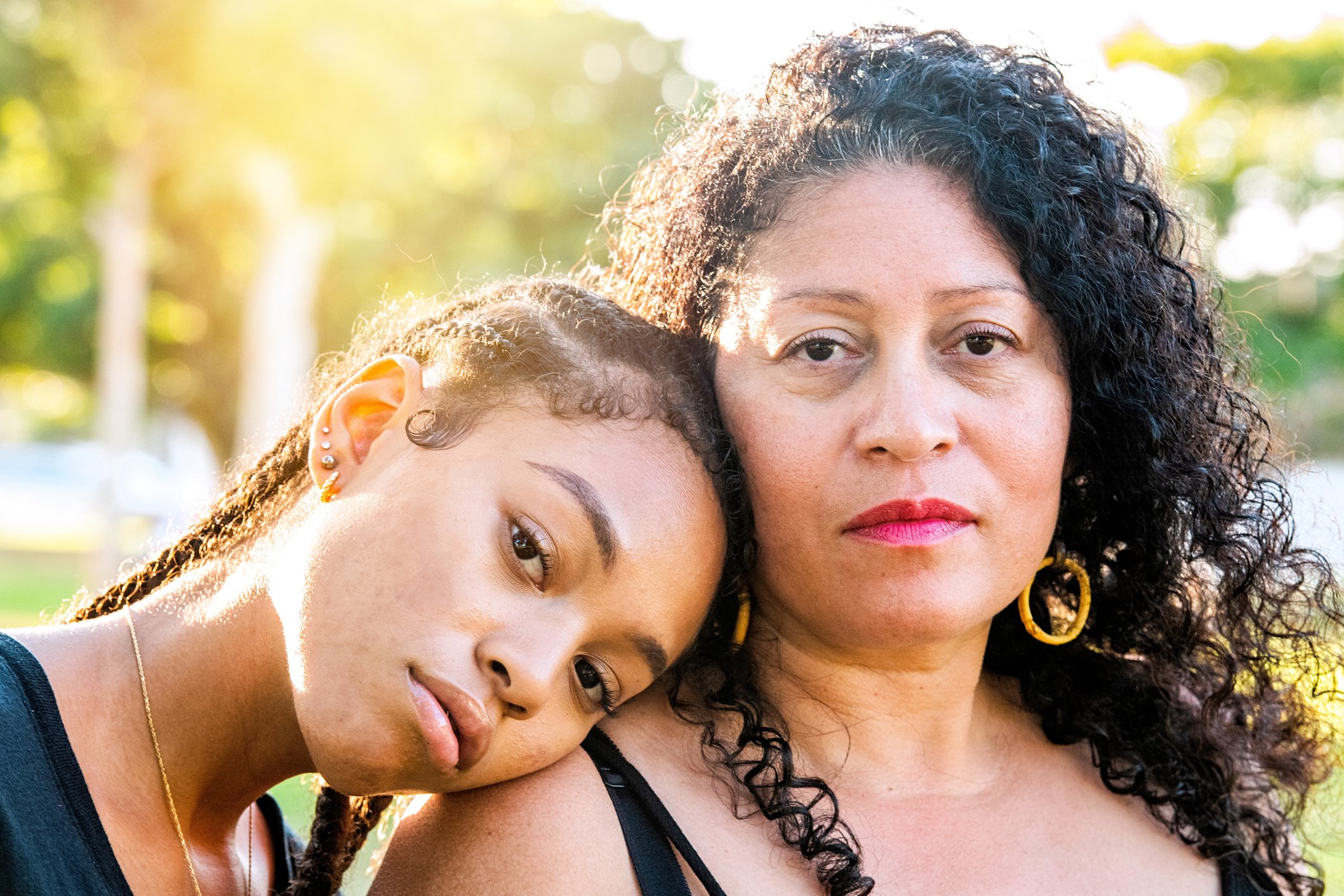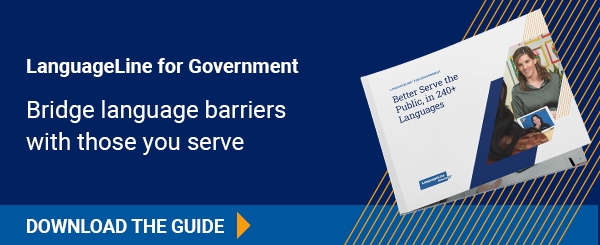
October is Domestic Violence Awareness Month. It is a time to connect with our communities and shine a light on the impacts of domestic and intimate partner violence. Clear and confidential communication is crucial when seeking help or understanding one's options.
Today we look at how language and cultural barriers often disrupt the reporting of domestic violence, not to mention a person's ability to seek and receive the support they need. In this article, we also examine the solutions that are readily available to bridge any communication gaps.
Ultimately, it is crucial that each person has the support and resources they need to find safety and healing so that together, we can be a voice against violence.
Ada’s Story
Domestic violence is a hidden epidemic affecting countless individuals across the globe. Victims face numerous challenges when seeking help, and one of the most significant but often overlooked barriers is language. The inability to communicate one's traumatic experiences effectively and access critical resources can be as paralyzing as the violence itself.
For many victims, particularly those who are immigrants or belong to linguistic minority communities, finding the words to convey their pain or fear can feel like an insurmountable challenge. Language barriers compound the isolation experienced by victims, making it even more difficult for them to reach out and seek support.
Ada is one example. She immigrated to the United States for a relationship that quickly turned dangerous.
“(Ada) didn’t really know of her rights while she was here. So there was a lot of control in that relationship. She said that even for her son, there was a lot of verbal, emotional abuse to both of them, economic abuse,” said Rita, her case manager at a regional women and children’s shelter.
Ada does not speak English and was scared there would be no one to help her, but several months ago, she finally worked up the courage to call the shelter.
Rita immediately became her case manager.
“It made a huge difference in my life,” Ada said through an interpreter. “I even felt like I could see the light. Because whenever you try to, to seek help, just to communicate, it can sometimes be so difficult.”
The organization that manages the shelter contracts with a professional language services provider. When a case manager, a counselor, or even a legal adviser needs help with interpretation or translation for the client, assistance is immediately available. Written materials are already prepared in the language of choice, and an interpreter can be accessed for phone calls, Zoom or other video meetings, or in person.
Ada, now free and empowered, is taking classes, learning English, and planning her life.
She hopes others will see that a language barrier is never a barrier to safety.
“Don’t be scared. It is not worth being in that situation because they’re here to help us no matter what language we speak,” she said.

The Role of Language in Reporting Domestic Violence
Here's a closer look at how language plays a pivotal role in the domestic violence discourse:
- Lost in Translation: Victims who do not speak English fluently often struggle to describe the nuances of their experiences. Certain emotions, actions, or cultural contexts may not have direct translations. This may lead to misunderstandings or underestimations of the gravity of the situation by authorities or support networks.
- Fear of Stigmatization: For some, their linguistic identity is tied deeply to their cultural and community ties. Reporting abuse can be fraught with fears of ostracization or dishonoring one's family or community. If victims believe they won't be understood or fear that their experiences will be misinterpreted due to language differences, they might choose silence over seeking help.
- Legal Complexities: Navigating the legal system can be daunting for anyone, but for those facing language barriers, it becomes even more challenging. From filing reports to testifying in court, every step can feel like a monumental task when done in a non-native language.
- Empathy and Cultural Sensitivity: Beyond linguistic understanding, there is a need for genuine empathy and cultural sensitivity. Different cultures might have varied perceptions and thresholds regarding what constitutes abuse. Professionals must be trained not just in language, but also in understanding the cultural contexts from which victims come.
Multicultural Resources Are Available
If you are a victim of domestic violence, please do not hesitate to reach out for help. There are people who care about you and want to help you stay safe.
Here are some resources, each of which offers assistance in multiple languages:
- The National Domestic Violence Hotline: 1-800-799-SAFE (7233)
- The Rape, Abuse & Incest National Network (RAINN): 1-800-656-HOPE You can also get help online at RAINN's website: https://www.rainn.org
- The National Sexual Assault Hotline: 1-800-656-HOPE You can also get help online at the National Sexual Assault Hotline's website: https://www.rainn.org/get-help
LanguageLine Can Help
Breaking the chains of domestic violence requires more than just awareness and legal measures. It demands a comprehensive approach that recognizes and addresses the multifaceted challenges victims face. Language barriers, while not always visible, are real and formidable obstacles.
To truly support victims, there's an urgent need to bridge these linguistic gaps. This can be achieved through multilingual hotlines and phone trees, translation services, culturally sensitive counseling, and community outreach in multiple languages. LanguageLine is available to provide this assistance in more than 240 languages
We offer 24/7 interpreting services to 911 dispatchers, as well as domestic violence hotlines and shelters across the country. We also provide translation services for domestic violence-related legal documents, such as restraining orders and divorce petitions. Please schedule a free consultation to learn more about the assistance we can provide.
By recognizing and addressing language as a barrier, we can move closer to a world where every victim of domestic violence feels heard, understood, and supported.

